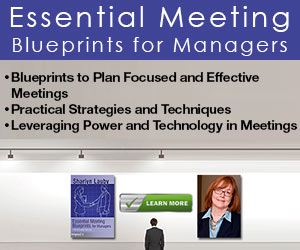Estimated reading time: 4 minutes
The business world is constantly changing, and organizations need to change with it. This isn’t new. One of the things that often happens when organizations change their strategies is they recognize skills gaps. For example, an organization looking to increase their use of artificial intelligence (AI) tools might find that employees don’t have all the perquisite skills to work with AI. And that’s just one example.
Ideally, organizations should not wait until they are faced with a skills gap before they address it. Many organizations are getting ready for what I call “budget season” where they review their strategic and operational plans, put budgets in place, and talk about plans and needs for the future. This is a perfect time to also review and update the organization’s workforce plan.
Here are the six steps to consider when reviewing and updating the organization’s workforce plan:
- Understand the organization and its strategies. It might be tempting to skip this step and say, “I’ve been working here for XX years. I know the company strategy.” But with all the change that’s going on around us, it can be beneficial to do a quick but thorough review. It doesn’t have to be long or elaborate, but make sure that everyone is on the same page regarding the organization’s priorities. It will be very helpful in the next step.
- Identify the knowledge, skills, and abilities necessary to achieve goals. Once the company’s priorities have been identified, now spend some time thinking about the knowledge, skills, and abilities (KSAs) required to achieve the associated goals. KSAs are often used interchangeably but they’re not the same. For example, an employee might be able to explain the ADDIE model for instructional design (knowledge) but have no experience using it (skill).
- Conduct a gap analysis. In this step, the organization should conduct a traditional gap analysis comparing where they are now to where they want to be in the future (Step #2 above). In some cases, there might not be a gap – and that’s great. In other cases, there could be a significant gap that needs to be addressed.
- Create a plan to address the gaps. After identifying the skills gaps, the organization can prioritize what they want to work on and put a plan in place to address it. A great tool for project planning is using a SMART matrix. Depending on the gaps identified, they might not be able to do everything at once. That’s okay. It could also make good business sense to address skills gaps in a particular order, so employees are building skills over time.
- Implement the plan(s). There are many ways to address skills gaps, including training sessions, special assignments, on-the-job activities, and more. Organizations will want to look at the resources they have available to help with skill development. It’s also possible they will need to budget resources to address other skill development areas.
- Evaluate and measure results. Adjust as necessary. As the organization is working on closing skills gaps, they should look at their results. This could help with future skill building activities. Maybe some methods work better than others. Maybe the company wants to reprioritize activities. The results will help with future efforts.
Organizations should not view skills gaps as a failing on their part … or their employees. New methods and technologies are being developed all the time. On some level, skills gaps should be expected. Which is why organizations need to conduct a regular review of the KSAs needed for success and put a plan in place to maintain employee skill development.
Image captured by Sharlyn Lauby while exploring the streets of Philadelphia, PA



